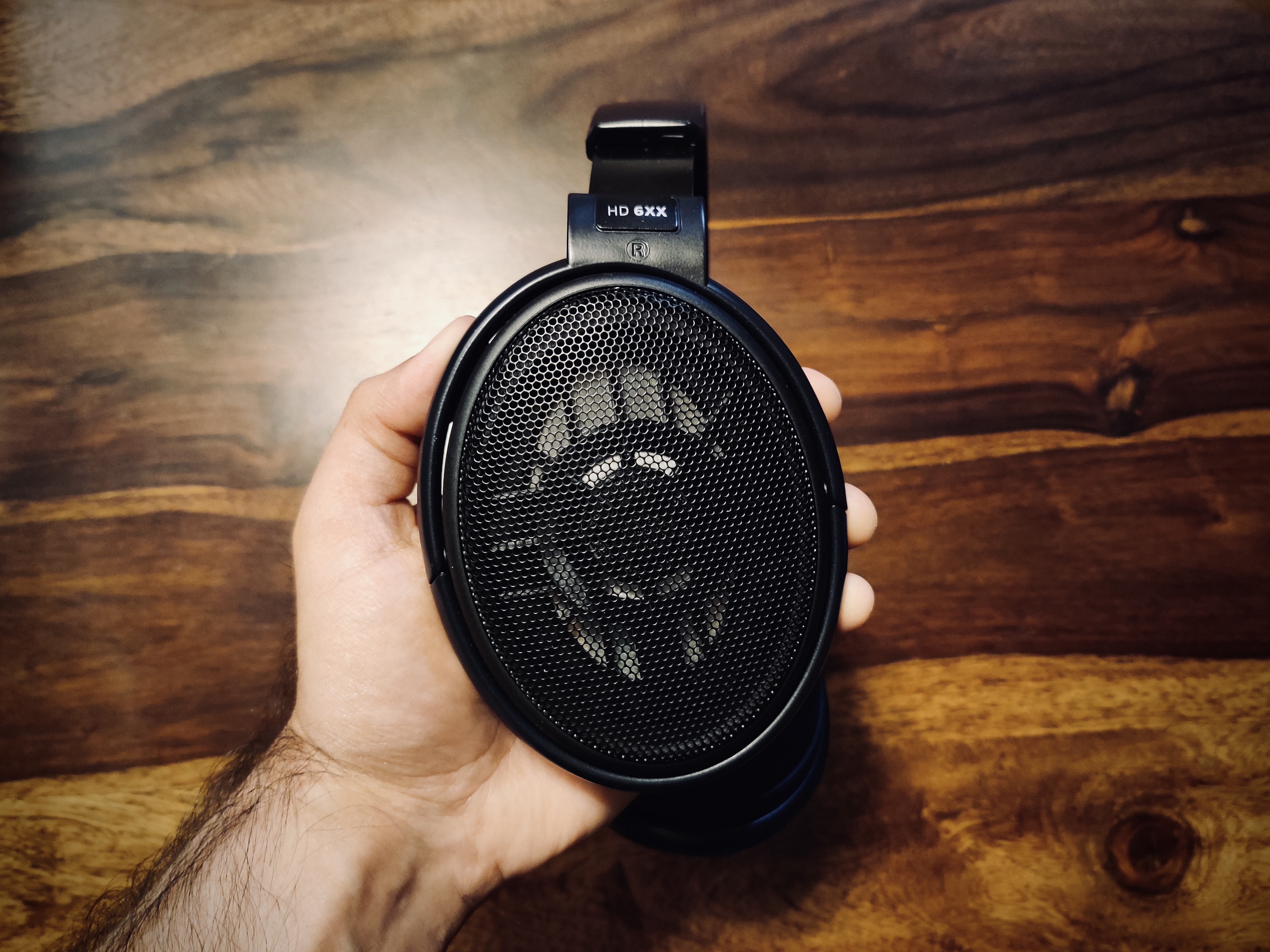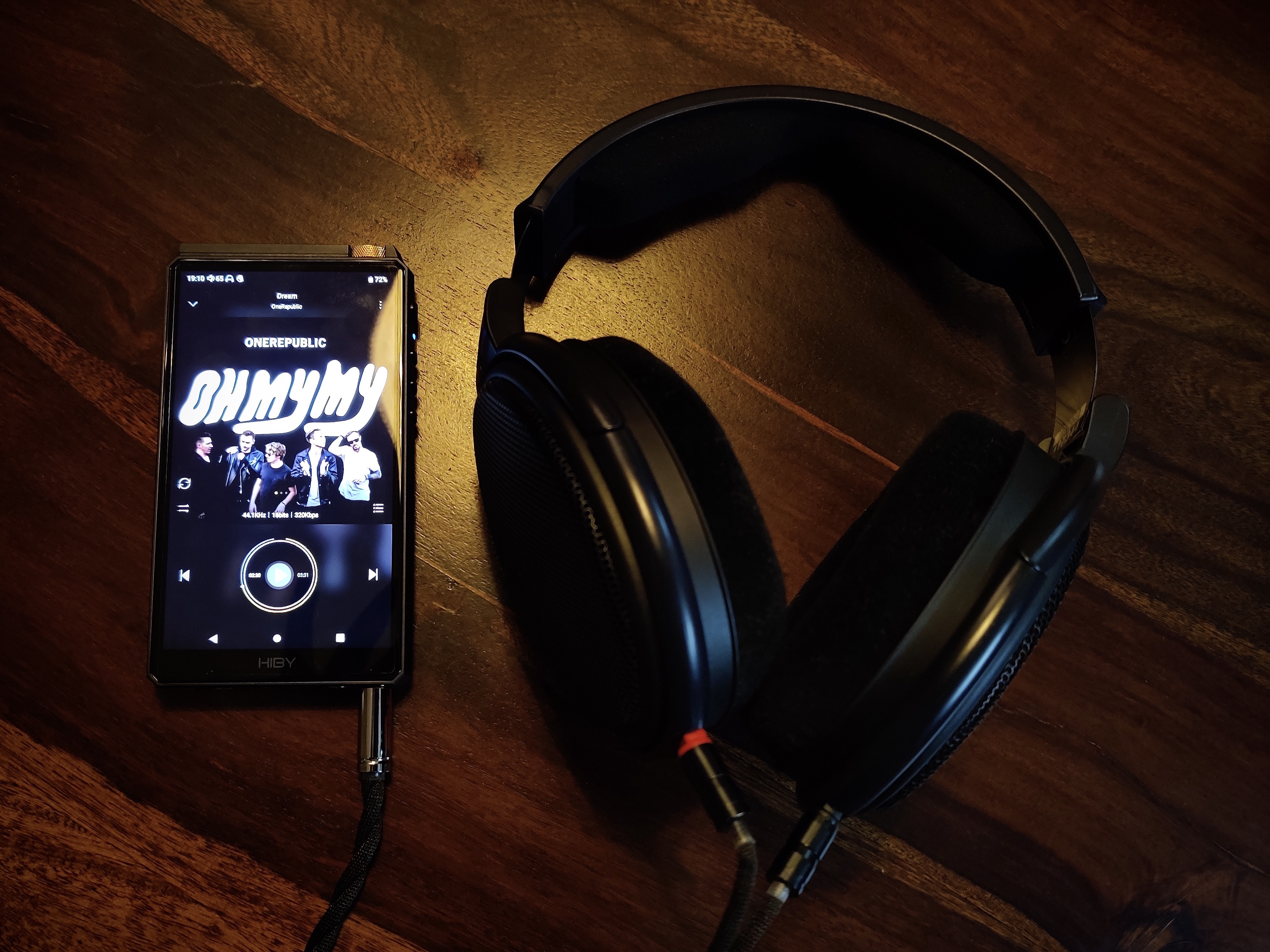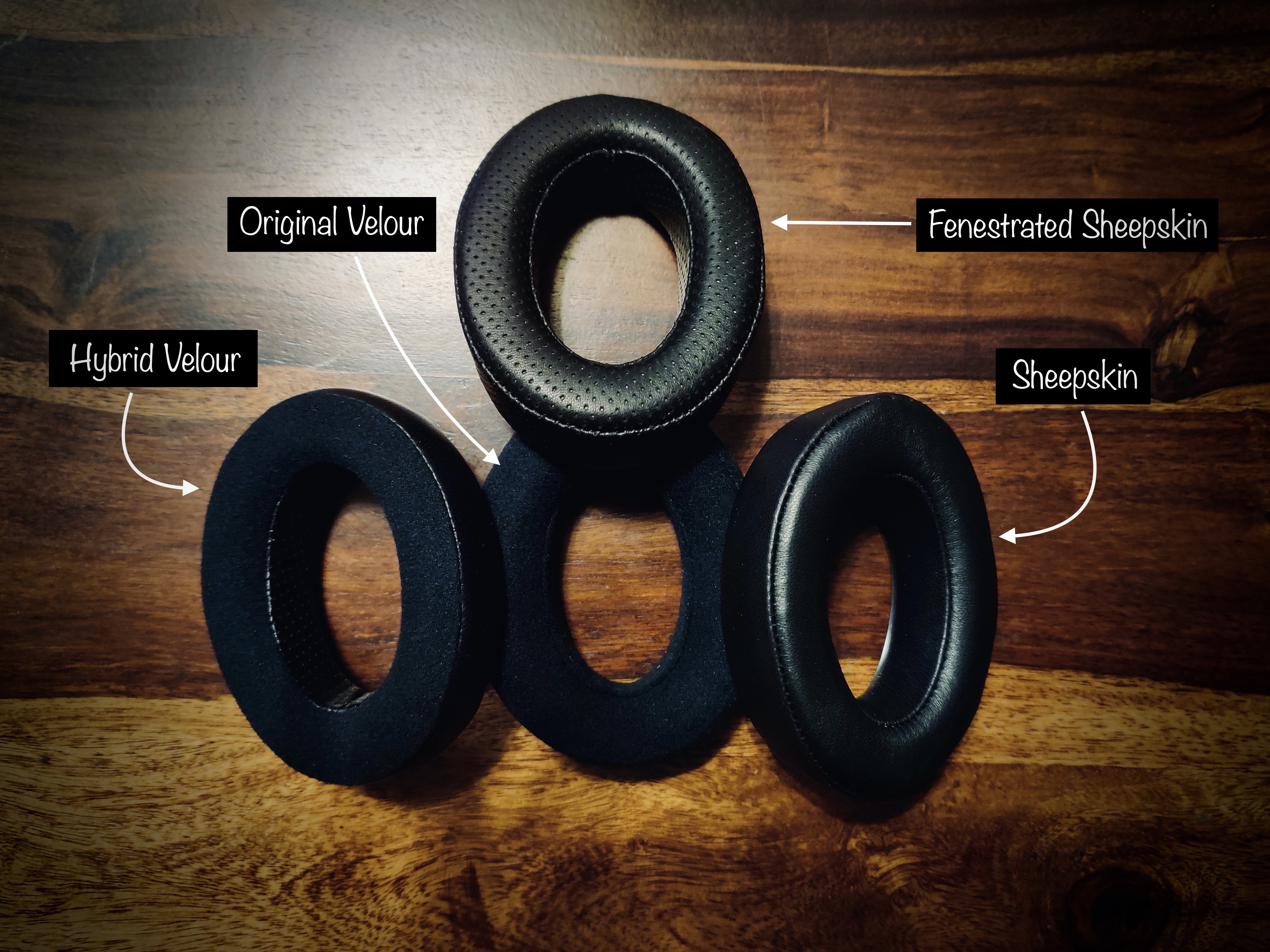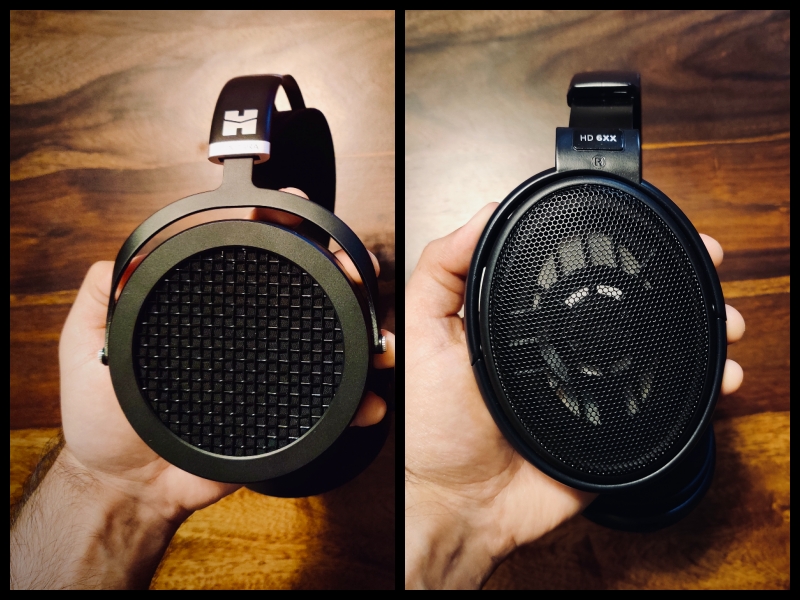Disclaimer.
I'd like to thank DROP for sending me the Sennheiser HD6XX for a review. I am not affiliated with the company or any of its sellers and write this review with an unbiased opinion regardless of how the review turns out.
About HD6XX.
HD6XX was born out of a collaboration between
DROP (previously Massdrop) and Sennheiser as a revision to Sennheiser’s highly acclaimed flagship of six years - HD650 (2003 to 2009). With the development of HD6XX, they made some minor aesthetic changes like a deep midnight blue paint job, black nameplates with silver text and Massdrop logo silk-screened inside the headband but tried to keep the original sound of the HD650 intact. Based on feedback from the community, this iteration was also updated with a detachable 6-foot cable (compared to the original’s 10-foot cable) and a 3.5mm plug, which is more versatile for everyday laptop, phone, and DAP use than the standard ¼-inch plug. A ¼-inch adapter is included for those who want it. Like all headphones in Sennheiser’s HD 600 line, HD6XX too can be disassembled by hand to its component parts, all of which can be easily replaced. Many of its parts are interchangeable with others in the series and owners of the HD 6XX can benefit from the rich aftermarket and brain trust of modifications and gear matching.
Links - DROP x Sennheiser HD6XX ($220) | DROP Earpads for HD6XX
Technical Specifications.
- Color: Midnight blue
- Transducer principle: Open-back, dynamic driver
- Frequency response: 10 Hz – 41 kHz
- THD: < 0.05%
- Nominal impedance: 300 Ω
- Cable length: 6 ft (1.8 m)
- Connector: ⅛ in (3.5 mm)
- Weight without cable: 9.2 oz (260 g)
- Made in Romania
Included in the box.
- Sennheiser HD6XX
- 3.5mm cable (6Ft)
- 3.5mm to ¼” adapter
- Manuals and warranty card
Build Quality and Design.
HD6XX’s body is mostly made of plastic with the headband adjuster being the only metal part in there but is put together very well owing to Sennheiser's manufacturing prowess. I’ve always liked the design of the HD600 range in general and the HD6XX is no different. The midnight blue colour looks almost like black and I’m definitely not complaining. The open back grill and the exposed driver look of the HD6XX is a timeless design, eye catching even today and puts HD6XX up there as one of the best-looking headphones in its price range. The headband adjuster is a bit tighter than I like but in turn works well to keep the headphones firm where you set them without the adjuster dropping down loose on its own. Besides that, I really have no complaints.
Cable – Right up, I’m not a fan of HD6XX’s cable. It’s rubbery, cheap looking and too long! Besides that, it does its job and works. Drop and Sennheiser should definitely put in a better-quality cable, even better if they can offer a nice balanced cable as stock.
Fit and Comfort.
The fit for me is pretty good as the headphones are light, the ear pads cover my whole ear and are padded enough for my ear to not touch the driver assembly. The clamp force is slightly on the firmer side right out of the box but there is a popular trick to slightly bend the headband adjuster towards the outside to reduce a bit of the clamp force. The clamp force is fine for me if I’m using the headphones for short durations but I do start feeling it after a while. I might try the headband flexing trick once I get over my fear of breaking them while doing so. Lol!
Sound Analysis.
Drivability - HD6XX has an impedance rating of 300Ω and needs a bit of juice to be driven to decent levels. I could drive it to a decent level with my Oneplus 7 Pro phone and MacBook Pro laptop by maxing out the volume but it sounded much better with my DAPs and audio interfaces. You should easily be able to drive it through the SE output of your DAP but I highly recommend getting a balanced cable for the HD6XX and using more quality power available from the balanced outputs. Also, it is popularly known to scale even better with good quality desktop gear and good portable dac/amps. I tested the HD6XX mainly with the SE and balanced outputs of Hiby R6 2020 & iBasso DX160 as well as the headphone output of Universal Audio Apollo and Focusrite Clarett 8PreX audio interfaces (while testing and using it for my music production work).
Summary – HD6XX has a very natural, well-balanced, warm sound signature with very good tonality and timbre of instruments. It has a mostly neutral bass presentation except for a minor sub-bass roll-off around 40Hz and a tiny 2-2.5dBs boost in the 80-200Hz range. It has extremely well-done midrange which is its main USP; it being linear, neutral and almost perfectly tonally accurate. Lower treble is natural, easy to listen to without any harshness or sibilance. Upper treble extension is fairly good with a prominent peak at around 15kHz. Overall, HD6XX is one of the easiest headphones to get along with because of how natural, comfortable and well-done the sound signature is.
Let’s dig in deeper…
Bass – HD6XX has a mostly linear and neutral bass presentation. Being an open-back, it comes as no surprise that it has a minor sub-bass roll-off of 1-2 dB slope starting around 35-40Hz but because of it being relatively minor, it plays sub-bass till 20Hz decently, just not with a lot of rumble. It has a tiny bass boost of 2-2.5dBs in the 80-200Hz region which adds a bit of punch and excitement. This boost sometimes adds a tiny bit of bloom in some songs which already have a bass boost in this region but I’d still classify the overall bass presentation as fairly neutral and well done in general. Overall, HD6XX’s bass is tight and has good speed, clarity and note weight. Even though HD6XX is tuned more towards neutral, it presents bass in most songs in a very musical way which generally brings a smile on my face.
Mids – Midrange is what HD6XX does really well, in fact exceptionally well considering its asking price. Lower midrange is very clean, neutral and linear while the upper-midrange has a very natural reference-ish forward presentation with good ear gain and peak presence at 3kHz. It has very accurate tonality and timbre of instruments which makes HD6XX sound very natural and realistic. It is fairly resolving and well-layered, especially for its price.
Treble – HD6XX’s treble is well balanced and more neutral with fresh ear pads but starts becoming smoother and more laid back as the pads start to wear and deplete. So, if you want to keep HD6XX sounding its true self, you'll have to switch out the earpads as soon as you start noticing the treble getting smoother or the earpads showing signs of wear. Lower treble in general is rich and smooth without any harshness or sibilance. It has good upper treble extension till 20kHz with one prominent audible peak presenting itself at around 15kHz but it isn’t the most sizzly, revealing or airy upper treble. As a result, HD6XX makes for a rather nice, musical, warm and comfortable listen but resolves nicely with good detail retrieval. It’s the good kind of neutral warm and not dark by any means (at least in my opinion) and that makes it a good fatigue free headphone for longer listens and long hours of production work.
Soundstage and Imaging - HD6XX has a decent soundstage but isn’t as wide as what you’d unknowingly expect from its open-back design. It is more realistic in the sense that it lets you know that you’re listening to headphones but isn’t intimate or claustrophobic by any means and is bigger than most closed-back headphones I’ve tested in its price range. HD6XX’s imaging isn’t the sharpest or pinpoint precise but has fairly good separation between instruments.
HD6XX for music production.
HD6XX has very good resolution for its price segment and portrays instruments in the mix with good realism. I’ve used quite a few headphones in my career as a music professional but have always felt confident having a Sennheiser HD600 series headphone around in the past when working on guitar, bass or drum tones because of how naturally and realistically HD600 series headphones are able to recreate the image, tonality and timbre of the instruments with good resolution. HD6XX is no different in this regard and I found myself using the HD6XX more and more for my production work than others. HD6XX isn’t a headphone that boosts treble like crazy for detail retrieval but in fact does it with technical capability and tuning while maintaining a warm and easy sound signature that helps in keeping long production hours and listening sessions fatigue free.
DROP earpad options for HD6XX (link).
Sheepskin Leather.
Fit - Lesser clamp force, more comfortable.
Sound - Darker, boomier and fuller lower-mids.
Fenestrated Sheepskin.
Fit - Even more comfortable, more breathable, lighter feeling.
Sound - Not as dark sounding as Sheepskin, lesser fullness in lower midrange, slightly more treble than Sheepskin but still darker and boomier than stock ear pads.
Hybrid Velour.
Fit - Very comfortable, much better than stock ear pads.
Sound - Lesser bass slam, midrange is a bit boxier than Fenestrated Sheepskin, smallest soundstage.
Overall, HD6XX sounds best with the stock Velour ear pads. Unless you want to try the other earpads for better comfort, I’d recommend sticking with the stock ear pads for the best tonality and sound signature.
Comparisons.
I’ve compared the HD6XX to headphones I think are fit for a comparison based on style of tuning and price segment competition, regardless of driver type or style of headphone.
Sennheiser HD560S ($200) – HD560S is another open-back dynamic driver headphone from Sennheiser around HD6XX’s price point, selling for around $200. Build wise, HD560S is all plastic too (except for the metal grill) and is very well put together but I personally dig HD6XX’s design and build a bit more. HD560S has slightly less clamp force compared to HD6XX but I find them almost equally comfortable for my head. HD560S has an impedance rating of 120Ω and is a smidgen easier to drive than HD6XX but not by much. HD560S has better sub-bass extension and is more neutral but HD6XX has better bass punch and upfront definition. HD6XX is a smidgen more neutral and fuller in the 250-500Hz region compared to HD560S which is slightly leaner there but the rest of their midrange character is rather similar besides that. They both have similar linear, neutral lower-midrange and forward upper-midrange with almost similar ear gain but HD50S is a bit more prominent in the 4-5kHz region. HD560S has more lower treble in the 5-9kHz and more upper treble in the 13-20kHz region, making it significantly brighter than HD6XX but isn't abnormally bright or harsh as such. I'd basically classify HD560S' treble as neutral-bright and HD6XX's as neutral-warm. HD560S has a bigger soundstage with more width and depth but HD6XX has slightly better separation, realism and note weight. Also, HD6XX's overall sound signature scales better with more power and better gear than HD560S. Yes, Sennheiser's own HD560S gives HD6XX some good competition but I think HD6XX holds its ground and comes up on top in quite a lot of things. In general, preferences and basic choice of flavour will play a major role in choosing one over the other.
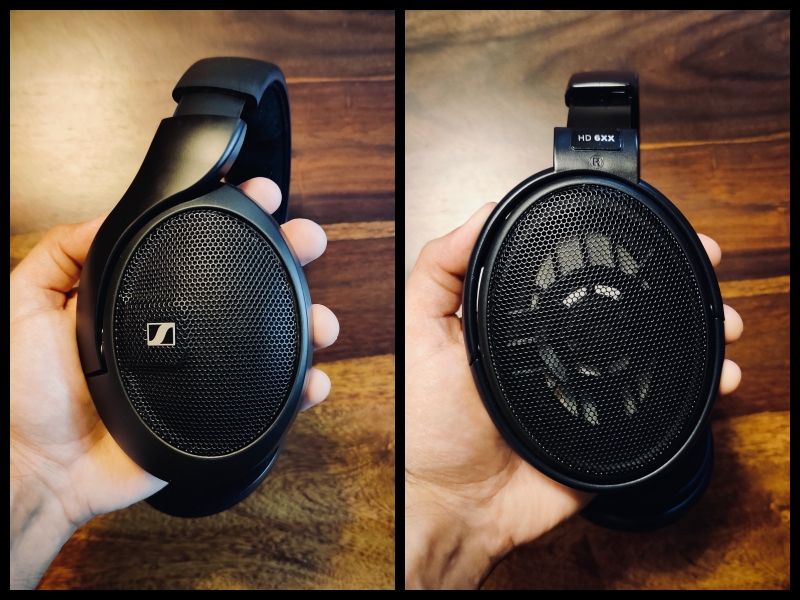
HifiMan Sundara pre-2020 revision (~$350) – Sundara is a planar magnetic open-back headphone with an impedance rating of 37Ω and sensitivity of 97dB. It is fairly easy to drive from most devices but benefits from more power. I’ve included Sundara in the comparison because it too has a fairly neutral tuning and is a headphone enthusiasts generally have on their radar. Sundara has slightly less clamp force than HD6XX but is a bit heavier. Sound wise, Sundara is more a neutral-bright headphone compared to HD6XX's neutral-warm tonality. Sundara rolls-off sub-bass sooner at around 50-60Hz whereas HD6XX rolls-off at 40Hz. Also, HD6XX has a tiny bit more mid-bass presence. As a result, HD6XX has more bass punch and a bit more rumble than Sundara but Sundara has a more neutral mid-bass presentation. Both have linear and neutral lower midrange and forward upper midrange presentation but HD6XX does it more linearly, naturally and organically. Sundara has a dip in the 1-2.5kHz region which makes HD6XX a bit more tonally accurate in the region. Sundara has more presence in the 4-5kHz region and can come off as shouty to some. Sundara has more lower treble and upper treble presence than HD6XX. Simply, Sundara is slightly north of neutral in its treble presentation making it a neutral-bright headphone whereas I consider HD6XX as neutral-warm. HD6XX is more organic, warm and comfortable sounding whereas Sundara has sharper attack and slightly thinner tonality because of its brighter upper-treble tuning. Sundara has the bigger soundstage of the two but I find HD6XX’s overall imaging a bit more natural as a musician/music producer. Sundara has a bit more micro-detail retrieval, a lot owing to its brighter tonality but can be fatiguing for some in longer listens compared to HD6XX.
Ollo S4X (€399) – Both are open-back dynamic driver headphones but S4X has an impedance rating of 32Ω and is much easier to drive. Even though HD6XX’s build is quite good for its price, S4X’s boutique design and build quality seems more premium and attractive. Fit wise, HD6XX is fairly comfortable because of large ear pads that go over the ear properly but the headband can have a stronger clamping force for people with bigger heads. On the other hand, S4X’s auto headband tensioner mechanism and clamping force is more comfortable but the ear pads are smaller and do not engulf the whole ear comfortably. S4X has a much better looking and feeling cable compared to HD6XX. Sound wise, running both through the 4.4mm output of Hiby R6 2020 in low gain, S4X has better sub-bass extension whereas HD6XX rolls of around 40Hz. S4X has a bit more mid-bass and lower midrange body in the 250-600Hz whereas HD6XX is more linear and neutral there. Both do upper-midrange very well but S4X has a bit more note weight and definition owing to a bit more ear gain whereas HD6XX is a bit easier and comfortable sounding. When it comes to lower treble, HD6XX has a minor dip in the 6-10kHz region too but is not as dipped as the S4X and as a result, hi-hats and cymbals are a bit more prominent and better portrayed in the HD6XX than S4X. Both have good upper treble extension but HD6XX becomes more laid back as the ear pads start wearing out but is a bit more prominent in upper treble with fresh ear pads. S4X comes across slightly more even and warmer in upper treble presentation in comparison. Soundstage wise, S4X is slightly wider and deeper as well as has better imaging and layering across its soundstage.
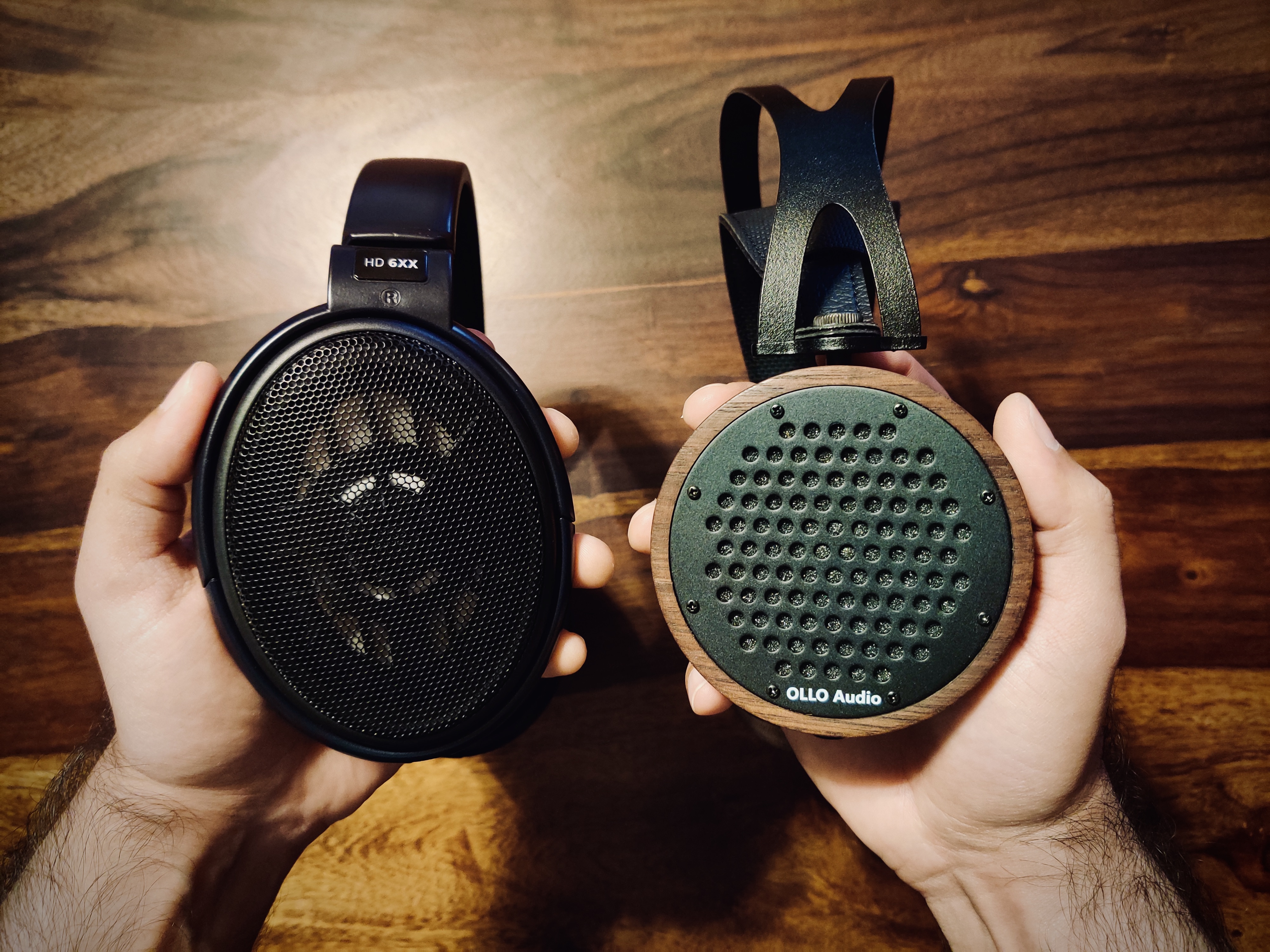
Conclusion.
Let me put this simply – There is a reason why DROP has sold more than 125,000 units of HD6XX since its release and also why you hear stories of long time enthusiasts falling back to a HD6XX/HD650 after going through several much more expensive headphones. It’s simply because of how well-tuned the HD6XX is. HD650 was regarded as one of the best headphones ever made back when it was Sennheiser’s flagship in the late 2000s and HD6XX still carries that legacy very well even today against the current competition. Yes, it’s not completely devoid of flaws but it does way more things well than it faults. It has one of the best midranges and is one of the most natural sounding of headphones not just in its price segment but even $500 and further. Its treble is resolving but natural and smooth, which makes it a headphone that you can comfortably listen for hours. It doesn’t have a lot of sub-bass rumble but the rest of the bass presentation is quite pleasing in my opinion. It is not the easiest to drive and doesn’t have the widest soundstages of open-backs in its price range but scales even better on good gear and the rest of it is so well executed that it makes it one of the nicest headphones at its price point. All in all, HD6XX presents great value at $220 and is a headphone that is definitely not going to leave my arsenal until it dies on me. I can safely and easily highly recommend it!
Gear used for testing and review.
- DAPs – Hiby R6 2020 | iBasso DX160
- Audio Interfaces - Universal Audio Apollo | Focusrite Clarett 8PreX
- Laptop – Apple Macbook Pro 15″
- Phone – OnePlus 7 Pro
Reference Songs list.
- Foo Fighters – The Pretender, Best of you, Everlong & Sonic Highway album
- Coldplay – Paradise, Up in flames & Everglow + Everyday Life Album
- Biffy Clyro - A Celebration of Endings & Ellipsis albums
- Ed Sheeran – Thinking out loud, Bloodstream & Galway Girl
- Dave Matthews Band – Come Tomorrow album
- Dua Lipa – Future Nostalgia album
- Chainsmokers – Somebody, Sickboy, This Feeling & Closer
- John Mayer – Slow dancing in a burning room, Stop this Train, Say & A Face to Call Home
- Gavin James – Always & Hearts on fire
- Switchfoot – Meant to live & Dare you to move
- Porcupine Tree – Sound of Muzak, Blackest Eyes & .3
- Our Lady Peace – Do You Like It & Innocent
- Linkin Park – Papercut, Somewhere I belong & Talking to myself
- Maroon 5 – She will be loved, Payphone & Lost stars
- Lifehouse – All in all & Come back down
- Breaking Benjamin – Diary of Jane
- Karnivool – Simple boy & Goliath
- Dead Letter Circus – Real you
- I Am Giant – Purple heart, City limits & Transmission
- Muse – Panic station
- James Bay – Hold back the river





